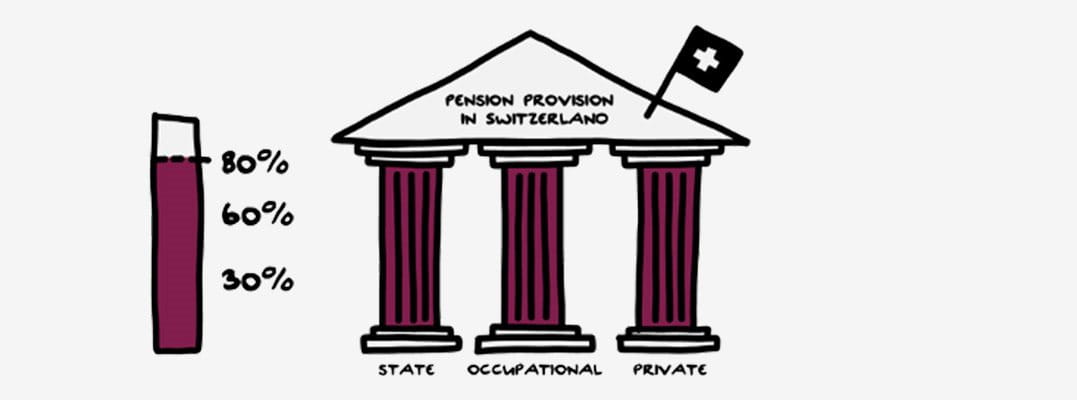
Super-mandatory part: The unknown
A few examples: Less than half of respondents (42 percent) understand the difference between mandatory and super-mandatory pension fund contributions. Among young people, this figure is as low as a quarter.
Knowledge of the super-mandatory part
Less than half can distinguish between mandatory coverage and super-mandatory parts.
Do you know the difference between mandatory and super-mandatory pension fund contributions?
Also interesting: A clear majority (62 percent) mistakenly believe that it is mainly high-income earners who hold pension fund assets assigned to the super-mandatory part. In fact, the vast majority of people in employment have super-mandatory coverage: These benefits not only apply above a certain income threshold, but also include better savings benefits, regardless of income level. For the insured, this means, for example: You will receive a higher pension in old age or in the event of occupational disability.
Estimate of the proportion of persons with a super-mandatory part
The majority associate the super-mandatory part with high earners.
Do you agree with the following statement? It is predominantly high-earning individuals who hold super-mandatory pension fund assets.
Almost half do not know whether they own super-mandatory pension fund assets.
Do the retirement assets in your current pension fund also include super-mandatory components?
Conversion rate causes confusion
There is also confusion about the conversion rate: Almost two thirds (63 percent) of respondents are not sure what this means, and only 22 percent say they know the conversion rate of their own pension fund. Nevertheless, the conversion rate is highly symbolic: The planned reduction in the minimum conversion rate in the BVG reform is associated with significant pension reductions. As is known from the 2023 Fairplay study, more than half – mistakenly – think that the conversion rate is more decisive for the amount of the personal pension from the occupational retirement provision scheme than the retirement assets saved. This shows: Active insured people already think like retired persons.
Knowledge of conversion rate
Two thirds are not sure what the conversion rate means.
The BVG currently stipulates a conversion rate of at least 6.8 percent for mandatory occupational retirement provision. Do you know exactly what this "6.8 percent" refers to?
Majority do not know personal conversion rate.
Do you know your personal conversion rate or the conversion rates for your pension fund retirement assets?
The participants in the survey also estimate that 63 percent of the population would receive lower pensions if the statutory conversion rate were lowered. "This proportion is greatly overestimated," comments the Sotomo research institute. According to experts, the planned reduction in the minimum conversion rate would only lead to a reduction in pensions for around 15 percent of pension fund members. The respondents are not aware that the statutory conversion rate only applies to capital that has been saved in accordance with the BVG mandatory coverage.
The pension funds can set lower conversion rates for super-mandatory benefits. The so-called "enveloping conversion rate" results from the mandatory and the super-mandatory conversion rate. The respondents significantly overestimate this: They assume 6.2 percent instead of the actual 5.2 percent. Most pensions would therefore not be affected by the reduction in the minimum conversion rate: The conversion rate is already lower for all those who have a significant proportion of super-mandatory pension fund assets – and that is 85 percent of all employees.
Clarification: An opportunity for employers
These figures are strong indicators that many people in Switzerland only have a vague idea of how occupational retirement provision works. Two conclusions can be drawn from this:
- Employers and pension fund managers must assume that their employees also have knowledge deficits. In accordance with their statutory duty to provide information, they are responsible for informing employees about the topic of retirement provision, e.g. by organizing information events.
- Educating employees is not only an obligation, but above all an opportunity to position yourself as a progressive and committed employer. There are also clear indications of this from the Fairplay study: For 52 percent of those surveyed, regularly informing their team about occupational retirement provision is part of fair pension fund provision.


